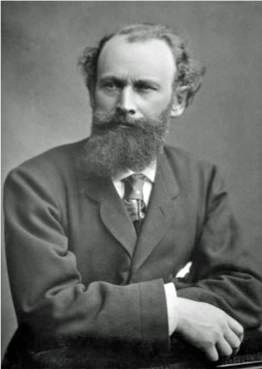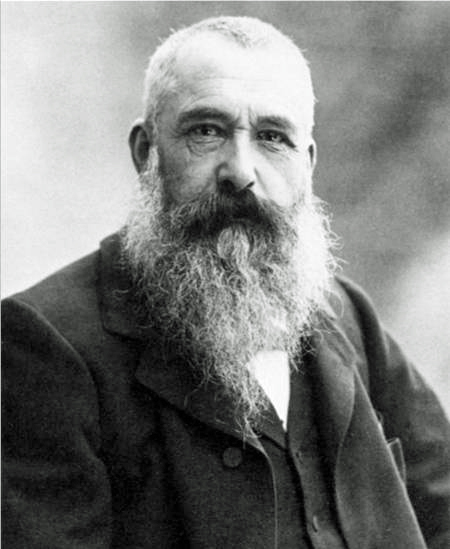|
Baudelaire and the Intellectual Origin of Impressionism
|
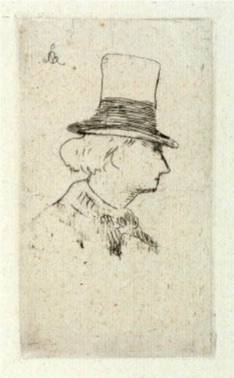 |
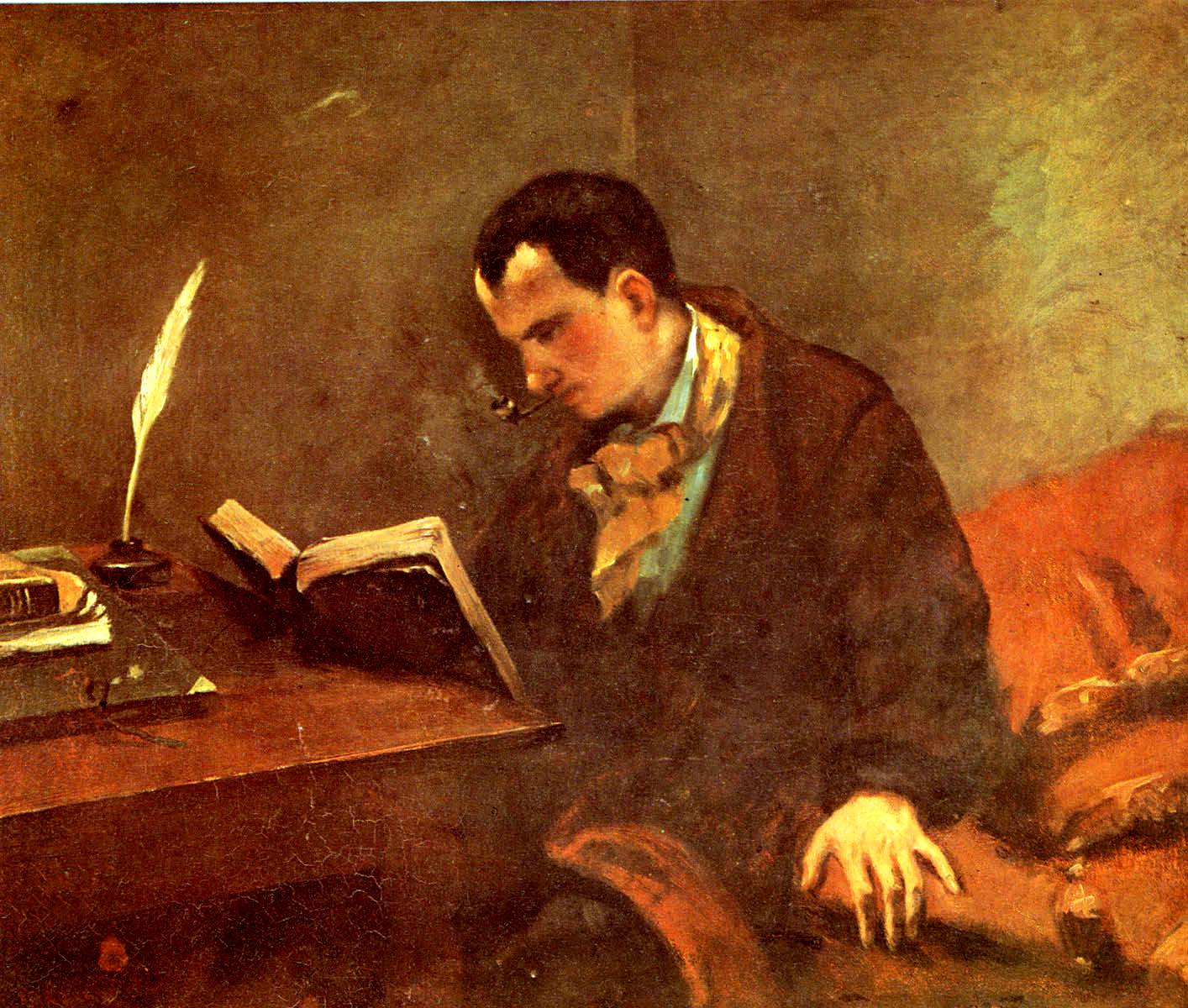 |
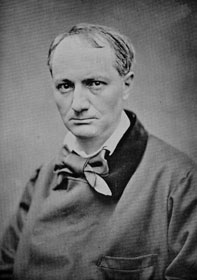 |
| This profile etching of
Charles Baudelaire was made by the French painter Edouard Manet in about the
year 1862. The etching was scratched into a metal plate and pressed
onto Chinese paper. The plate is signed with the artist's monogram on the upper left. |
The above portrait of
Baudelaire was painted by Gustave Courbet in the 1847-1848 time frame.
Many art critics believe that Courbet intended this painting to be a crucial
testing-ground for the expressive capacities of
Realism. The portrait is deliberately made to be unlike a
photograph. The occupational symbols associated with Baudelaire (book
and pen) are given more emphasis than the simple depiction of
physical likeness. |
Baudelaire claimed
that photography was "the refuge of every would-be painter, every painter too
ill-endowed or too lazy to complete his studies." Nonetheless, he posed for
several photos, including this one by Frenchman Étienne Carjat in 1861. |
Charles Baudelaire (1821-1867) was the greatest French
poet of the 19th Century. He translated the Works of Edgar Allen Poe into French
and is the person primarily responsible for bringing this American writer to the
attention of European intellectual circles. Baudelaire was also a notable
art critic. Besides Poe, he particularly admired the works of the French
painter Eugene Delacroix and the German composer Richard Wagner. In 1863,
Baudelaire published a critical essay titled Le Peintre de la vie moderne
(The
Painter of Modern Life). Over time, this essay became the
philosophical
manifesto of the Impressionist movement.
In my opinion, Baudelaire recognizes the
basic Kantian dichotomy of the Noumenal World of unchanging existence versus the
Phenomenal World of our ordinary sensory experiences. In his essay
Le Peintre de la vie moderne, he
exhorts the modern painter to utilize the following concepts in creating
his/her works of art:
 | The painter of modern life extracts, from his observation
of modern fashion and events, whatever elements they may contain of poetry
within history. In other words, the artist distills the eternal from the
transitory (extracts some knowledge of the Noumenal World from ordinary
sensory experience). |
 | Modernity is concerned with the ephemeral, fugitive and
contingent half of art (the Phenomenal World of the senses). Conversely,
the other half of high art concerns the eternal and the immutable (the
Noumenal World of absolute reality). |
 | The artist should be a flaneur, i.e., a passionate
spectator of modern life. The flaneur is at his best in an urban crowd. The
modern artist finds inspiration amid the ebb and flow of people moving within
the city attending to their daily tasks, in the midst of both the fugitive and
the infinite. |
 | The artist flaneur is able to draw shock and intoxication
through association with the crowd. Baudelaire seems to place this shock
experience at the very center of his artistic work. The flaneur is
jostled, pushed and shoved by the seething urban crowd and is bombarded by a
plethora of stimuli that cannot be completely assimilated. Accordingly, the
flaneur must remain alert, vigilant and constantly on guard lest he experience
psychological disintegration and loss of coherence. |
 | The artist flaneur is both an idler and a passionate
observer. The perfect idler and passionate observer finds immense
enjoyment from dwelling in the throng, in the ebb and flow, the bustle,
the fleeting and the infinite. |
 | The hero of modern life is someone who practices the
tenants of modern capitalism, but is simultaneously engaged in an inevitably
doomed struggle against them. For Baudelaire, this hero is one who
experiences the paradoxes and illusions of modern life, but who also
participates and give form to these fragmented, fleeting experiences of the
modern. Examples of modern heroes are: the poet, the flaneur, the dandy,
the collector, the gambler, the worker, the rag-picker and the prostitute. |
 | The city may be considered as a duality. The modern city is
both bestial and beautiful, but it has become the essential source of
inspiration for the modern artist and poet. |

|
